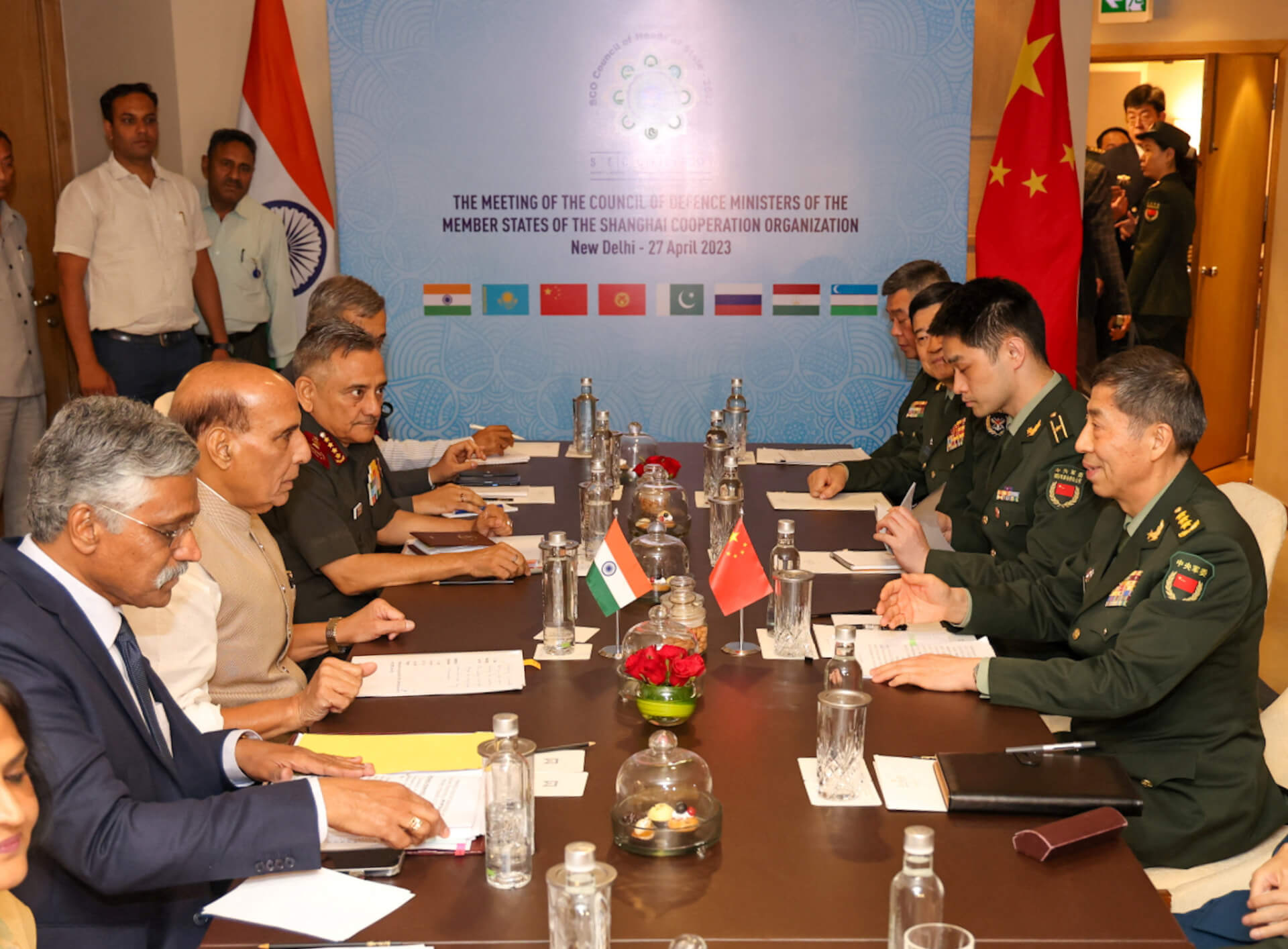On Monday, China released the “2023 edition of the standard map of China” upholding Chinese claims over Arunachal Pradesh and Aksai Chin.
The Indian government was quick to retort, with the Indian side lodging a “strong protest” through diplomatic channels and rejecting the Chinese claims.
Let’s have a look at the volatile Sino-India boundary dispute as the latest development flares up controversy.
What is the Controversy?
Days after Indian PM Narendra Modi highlighted India’s concerns on the unresolved issues along the Sino-India border in his meeting with Chinese President Xi Jinping on the sidelines of the BRICS summit, China released a new map.
The 2023 edition of China's standard map was officially released on Monday and launched on the website of the standard map service hosted by the Ministry of Natural Resources. This map is compiled based on the drawing method of national boundaries of China and various countries… pic.twitter.com/bmtriz2Yqe
— Global Times (@globaltimesnews) August 28, 2023
Launched on the website of the standard map service hosted by the Ministry of Natural Resources, the map shows India’s Arunachal Pradesh and the disputed Aksai Chin region of Ladakh as part of the Chinese territory.
Further, the map makes fresh claims on the self-governing island of Taiwan and disputed regions in the South China Sea.
The map is the latest move in China’s overt assertion of territorial claims, which extend from Ladakh in the West to the South China Sea in the East, along with the whole of Taiwan, which Beijing considers its own under the “One China” principle.
India’s Response
India has vehemently rejected China’s latest cartographic gymnastics, saying that the claims have no sound basis.
#WATCH: "This is an old habit of theirs."
— Statecraft (@statecraftdaily) August 30, 2023
India has dismissed a new "standard" map released by China, which claims ownership of Arunachal Pradesh - which Beijing calls South Tibet - and Aksai Chin - occupied during the 1962 war.
External Affairs Minister S Jaishankar says China… pic.twitter.com/aDWmADWav8
Speaking to NDTV, Indian External Affairs Minister S. Jaishankar said China has a “habit” of releasing such maps. “Making absurd claims does not make other people’s territories yours,” he remarked
India-China Border Dispute
The two Asian neighbours share a 3,488 km long disputed border, known as the Line of Actual Control (LAC). China claims the disputed territory to be around 2,000 km only.
It is divided into three sectors: the Western Sector, the Central Sector and the Eastern Sector.
Aksai Chin
Aksai Chin lies in the Western Sector and India considers the region to be an extension of the Union Territory of Ladakh. Meanwhile, China administers it as a part of the Xinjiang Uighur Autonomous Region and Tibet Autonomous Region.
Indian claims are based on the Johnson Line proposed in 1865, which showed Aksai Chin as a part of India, while Chinese claims are based on the MacDonald Line proposed in 1893, which placed the region under China’s control.
China has time and again claimed the cold desert flatland to be its territory, and gradually encroached on the region throughout the 1950s, finally occupying the area after the 1962 war.
Experts say that Chinese claims on Aksai Chin are strategic as the region is necessary to connect Xinjiang to Tibet.
Arunachal Pradesh
The Eastern sector of the Sino-India border lies in Sikkim and Arunachal Pradesh and it roughly runs along the McMahon Line.
The Chinese government refers to the sites in Arunachal as being located in “Zangnan” or “south Tibet,” a term used by Beijing to refer to Arunachal Pradesh.
The McMahon Line was declared the de facto boundary between Arunachal Pradesh and Tibet in the Simla Convention of 1914.
It was rejected by China, which claimed that the treaty was signed by Tibet, which was not sovereign, and thus, incapable of signing treaties.
China’s main problem is Indian control of the strategically important Tawang sector, which houses the Tawang Monastery, the second-largest Tibetan Buddhist monastery in the world.
Sino-India Ties
The relationship between the two countries has seen several points of friction since Chinese President Xi came to power.
In 2020, the fierce Galwan Clash in which 20 Indian soldiers were killed took place in the Aksai Chin region. The skirmish reignited tensions on the Sino-India border, which had been relatively peaceful for many decades.
India and China clashed again in December 2022, in Tawang. They were also involved in a two-month-long stand-off in Doklam in 2017.
The Chinese government released the “2023 edition of the standard map of China” on Monday, including Arunachal Pradesh and Aksai Chin within the Chinese borders. Read more:https://t.co/s06Xa7LqIj#China #India #Arunachal #Aksai Chin #LAC #NineDashLine #Taiwan
— Statecraft (@statecraftdaily) August 29, 2023
This is not the first time that China has claimed Indian territories to be its own. China frequently objects to Indian ministerial visits to Arunachal.
Last month, China gave stapled visas to three athletes from Arunachal Pradesh, a move that drew criticism from the Indian government.
Earlier in April 2023, China released the third list containing new names for 11 places in Arunachal Pradesh, after similar attempts in 2017 and 2021.
Despite recent attempts to thaw the ties between the two Asian powers, progress has been slow. The trade imbalance, the difference in economic stature, India’s closeness to the US amid the US-China rivalry, concerns in the Indo-Pacific and China’s expansionist designs further complicate the relationship.
China’s latest claims are just another addition to the already troubled India-China relationship.

